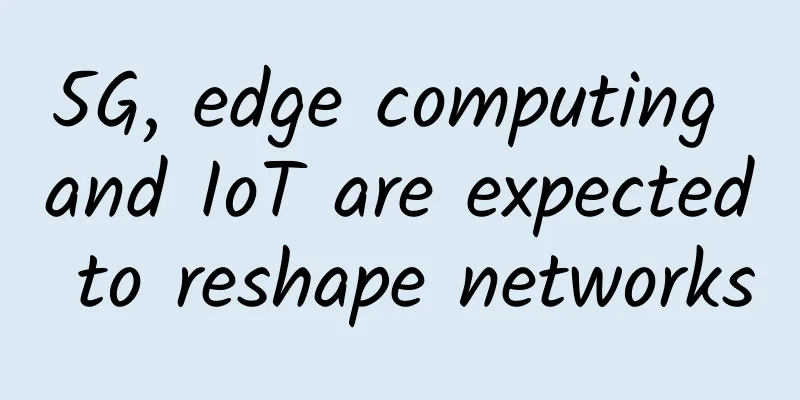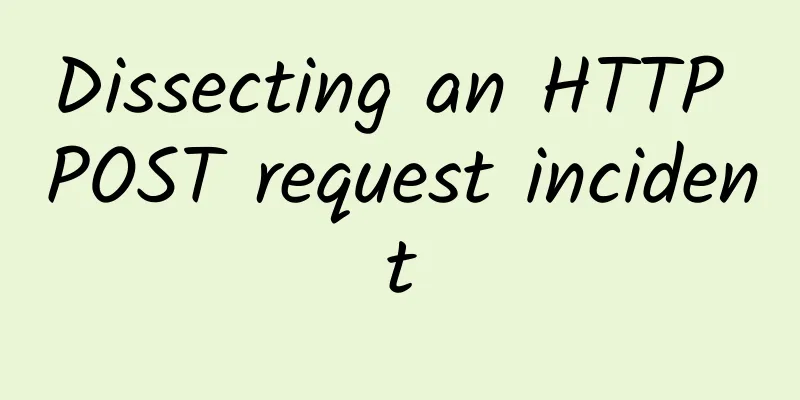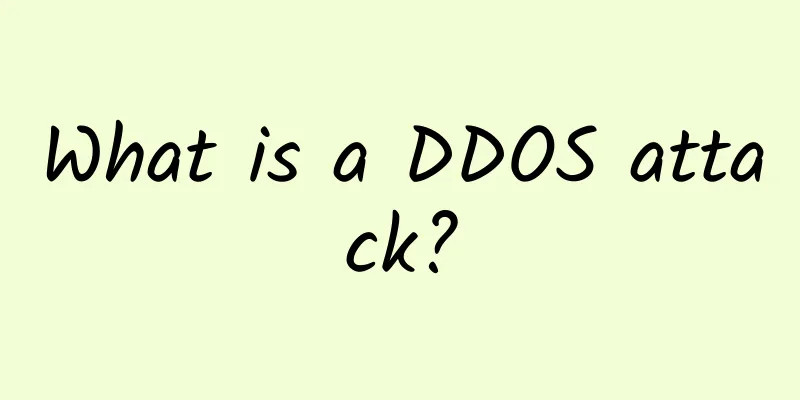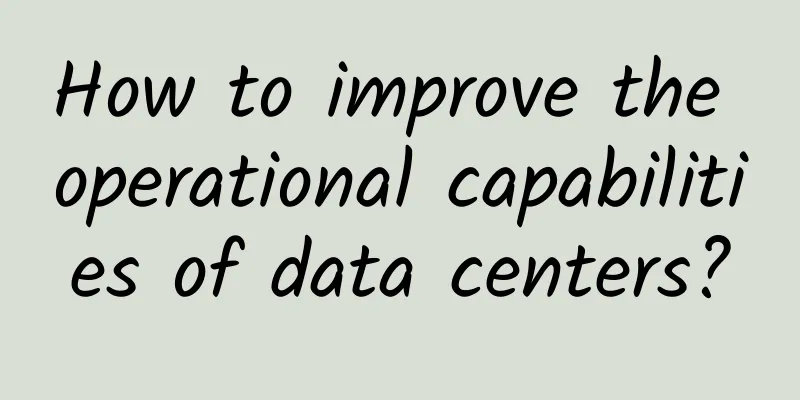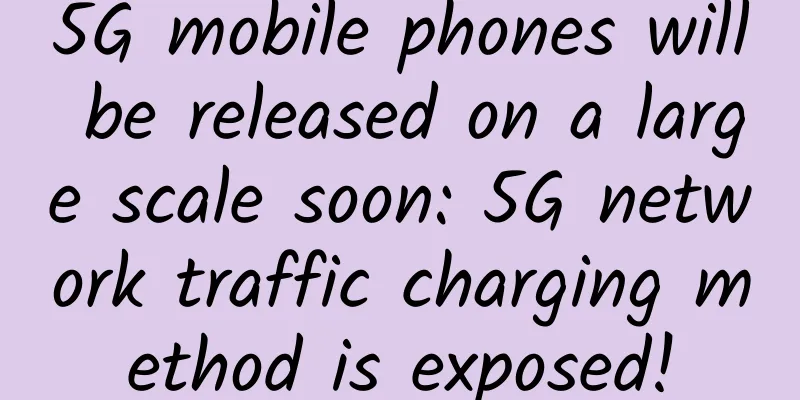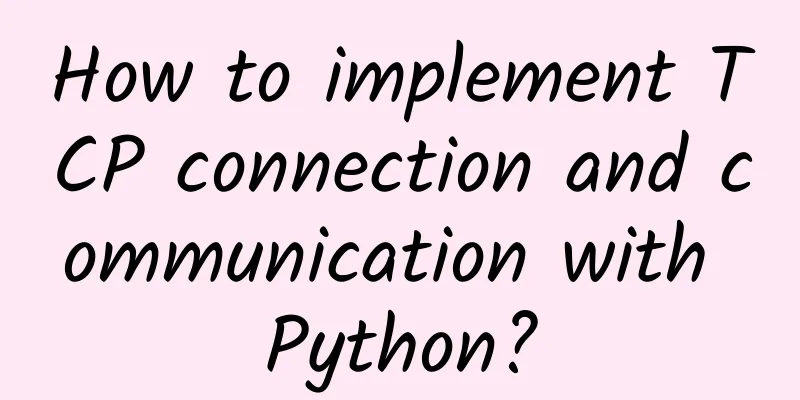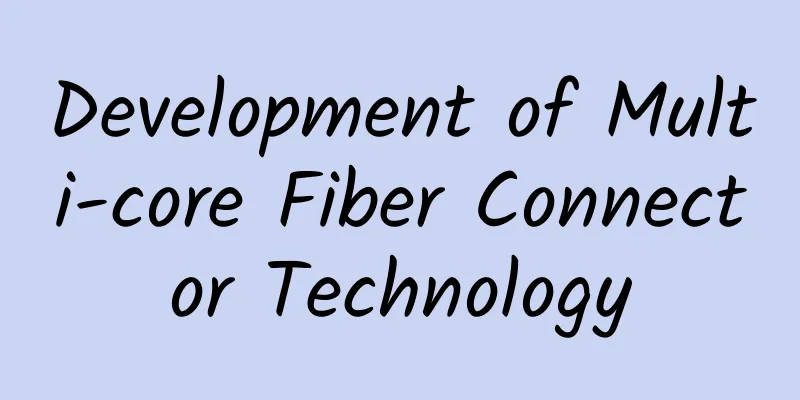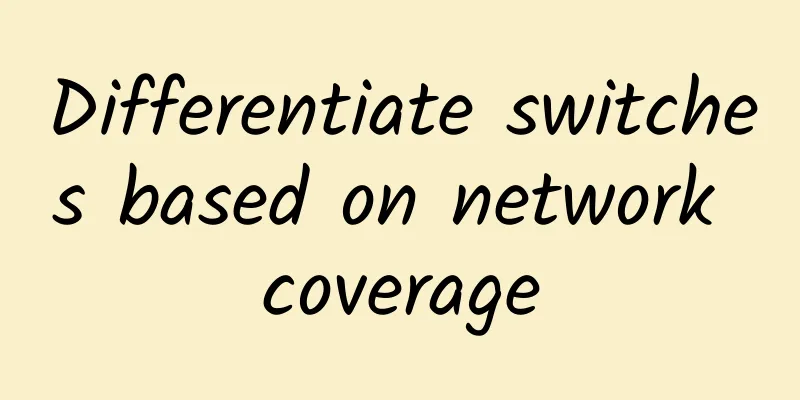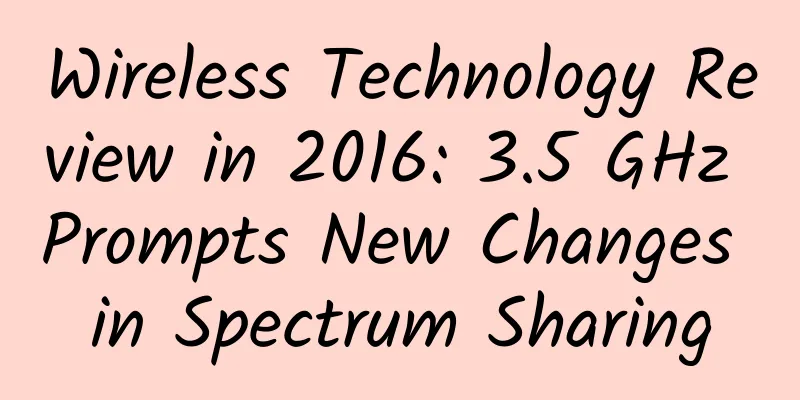Why does TCP use the "three-way handshake" to establish a connection? An example will teach you
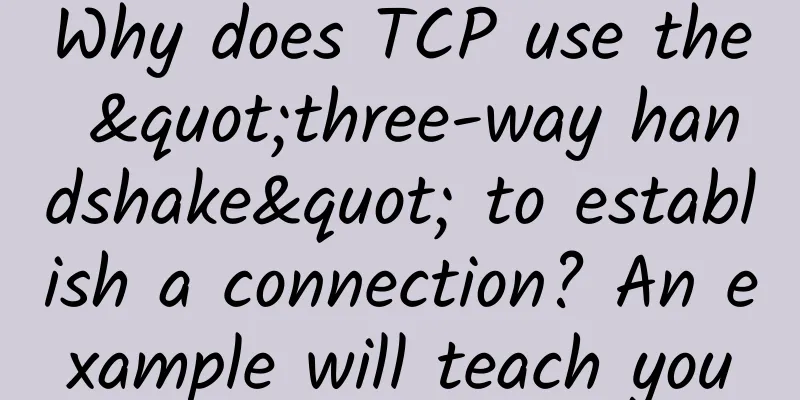
|
First of all, why is it a three-way handshake? After the client sends a request A, but A is delayed for a long time on the network, the client then sends B again, but A is no longer valid. The server then responds to B and returns the TCP connection header to establish a connection (twice here). Then, A finally reaches the server after going through thousands of miles. When the server sees the request, it accepts it. Since the TCP format carried by A was correct at the beginning, the server should also return the flag of successful connection. However, at this time, the client has determined that the request is invalid and discarded it. Then the server just hangs like this (wasting resources), which causes a problem: md, who is to blame for this? So, to be on the safe side, just add another connection. So 3 times is the most appropriate. In Chinese, 3 is considered a lot. If you use 4, 5, 6, 7, 8... times, isn't that more wasteful? As a reliable transmission control protocol, the core idea of TCP is to ensure reliable data transmission and improve transmission efficiency. Using three times can meet the above two requirements. In the TCP/IP protocol, the TCP protocol provides a reliable connection service and uses a three-way handshake to establish a connection. The connection process is as follows:
Why do we need to do a three-way handshake? Let me give you an example! During the Red Army period, Company A and Company B were divided into the left and right wings, and agreed to launch an attack together at a certain time and minute. This information needed to be delivered manually through a messenger on foot. So the commander of Company A sent out a messenger. This is the *** time. Suppose the signalman arrives at Company B and informs the commander of Company B the time and minute. The commander of Company B will definitely ask the signalman to go back and inform the commander of Company A. The poor signalman can only risk his life to return to Company A, because the commander of Company A cannot see the signalman return, and does not know whether the information has been delivered to Company B at what time and minute. This is the second time. Now the commander of Company B begins to worry about whether the signalman has returned to Company A. If not, the commander of Company B will put himself in the shoes of the commander of Company A and think that he will definitely not dare to fight if he cannot see the signalman who has returned. Therefore, the commander of Company B most hopes to see the signalman appear in Company B again, so the commander of Company A will let the signalman go back to Company B again. Therefore, it can be said that the three-way handshake is the fastest and most labor-saving choice. The above analysis is not vivid enough and it is easy to forget. Let's use wireshark to prove the above analysis process. It is easy to see from the output below that an http request is made only after the previous three tcp requests. In the first handshake packet, the client sends a TCP with the flag bit set to SYN and the sequence number set to 0, which means the client requests to establish a connection, as shown in the following figure (First handshake) The server sends back a confirmation packet for the second handshake, with the flag SYN, ACK. The confirmation number is set to the client's ISN plus 1. That is, 0+1=1, as shown in the following figure (Second handshake) In the third handshake data packet, the client sends an acknowledgment packet (ACK) again. The SYN flag is 0 and the ACK flag is 1. The sequence number field of the ACK sent by the server + 1 is placed in the confirmation field and sent to the other party. And ISN + 1 is placed in the data segment, as shown in the following figure (Third handshake) The above is the TCP three-way handshake process in Wireshark. That’s all for today’s sharing. |
<<: IDC Commentary: The 6G that powerful countries are competing for may be just a pipe dream!
Recommend
5G messaging is about to be launched in the commercial use countdown
5G messaging is regarded as a major business inno...
How to share WiFi gracefully when the password is hard to reveal
"What's your home WiFi password?" T...
China Telecom faces four major challenges in network reconstruction of SDN/NFV practice
On July 11, 2016, China Telecom released the &quo...
Current status of 5G networks in various countries: South Korea ranks first in penetration rate, the United States ranks first in network speed, what about China?
In the rapidly developing 21st century, one of th...
In the "5G era", a large number of "unicorn" companies will emerge to seize the opportunity
Recently, Jiangsu Mobile Company released a messa...
AkkoCloud: UK CN2 GIA/Germany CN2 GIA/US CN2 GIA annual payment starts from 299 yuan
At present, it is still a good choice to visit ov...
The scale is close to 40 trillion yuan, opportunities and challenges for the development of my country's digital economy
[[424098]] In recent years, with the advent of a ...
Potential application scenarios of 6G in the future
Although 6G is not yet a viable technology, it wi...
The inspiration of Neusoft's Internet of Vehicles security
Neusoft Network Security, which has been working ...
5G messaging is entering a development phase
As one of the earliest attempts at 5G commercial ...
5G is here, will the true Internet of Everything start with the eSIM card?
[[264407]] After experiencing SIM card cutting, m...
Verizon and Honda collaborate on 5G and edge computing to make driving safer
According to foreign media reports, Honda and tel...
Weak current people must understand standard PoE power supply! Otherwise, if you don't understand the IPC power supply power and line sequence, how can you do a good project?
What is Standard PoE? PoE, or Power over Ethernet...
Why does 5G need edge computing (MEC)?
[[354637]] This article is reprinted from the WeC...
Want to save power on your 5G phone? Wake it up first!
With the development of 5G networks, everyone has...
